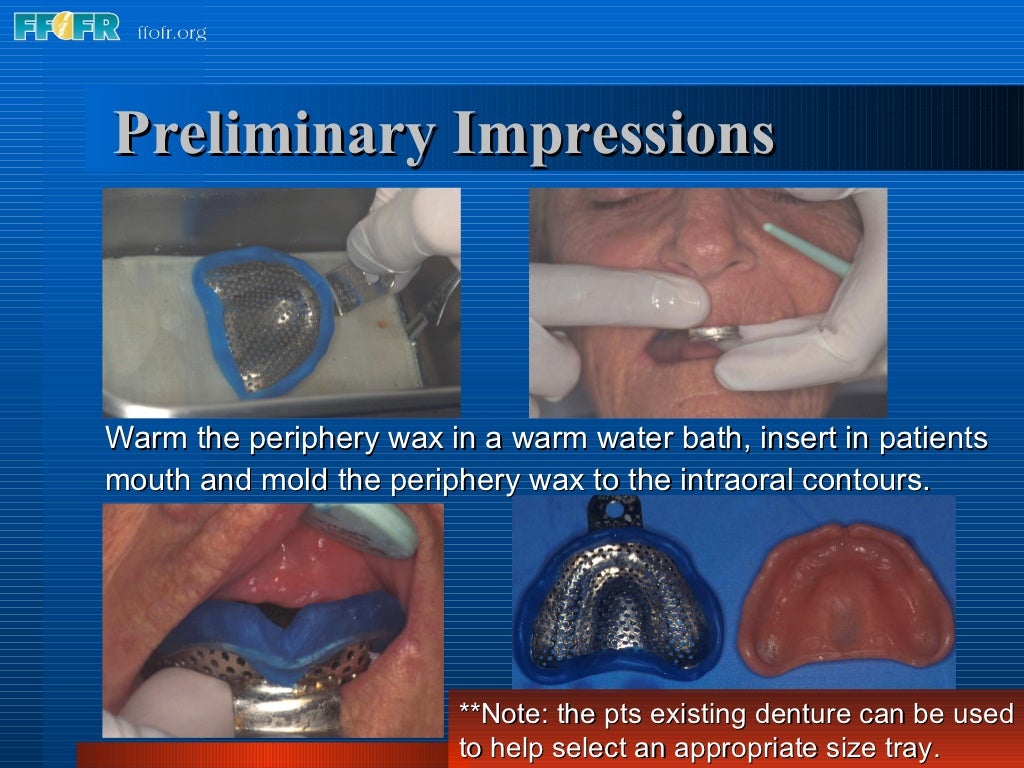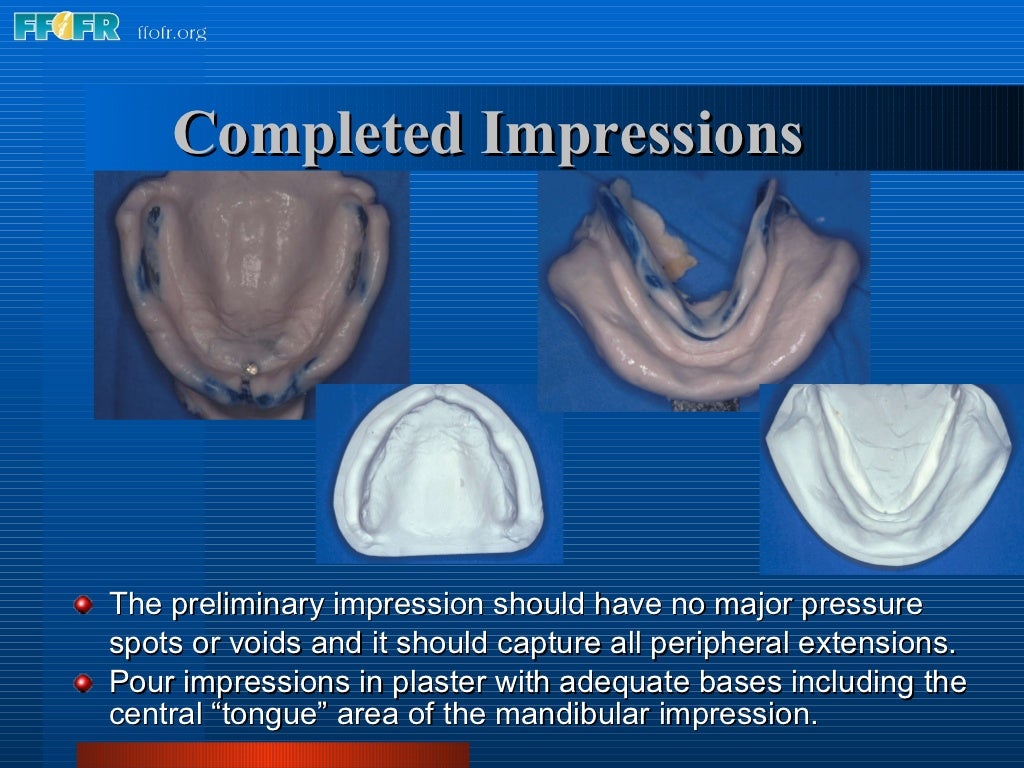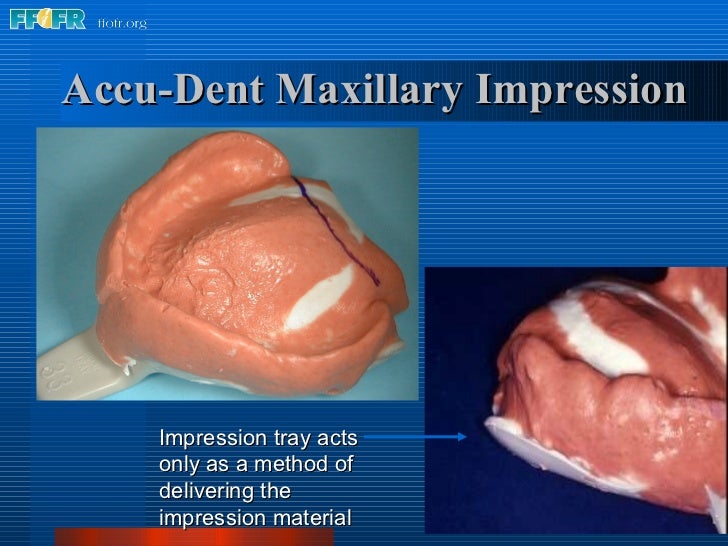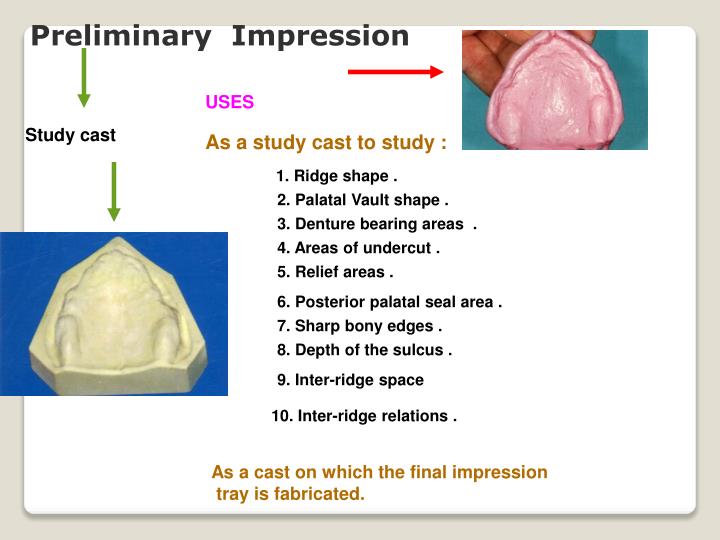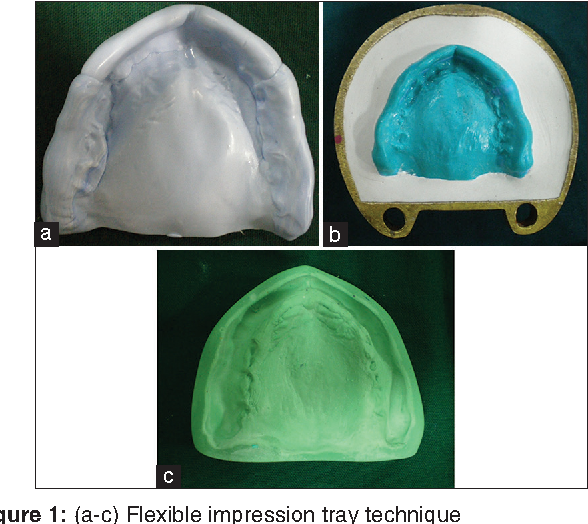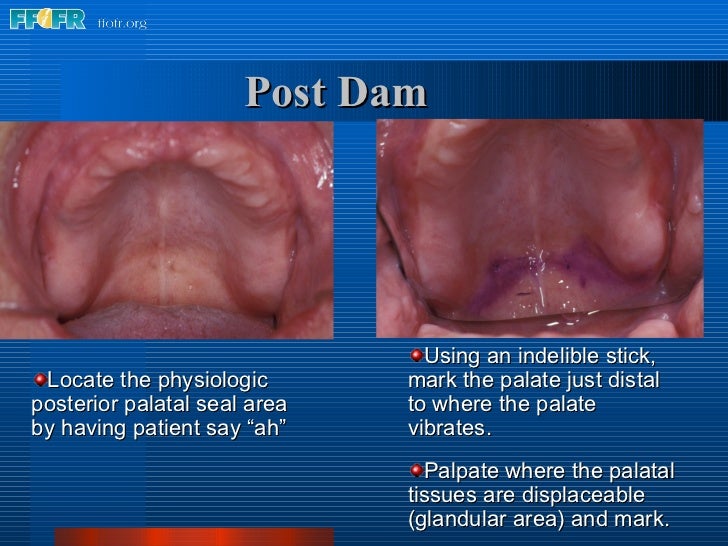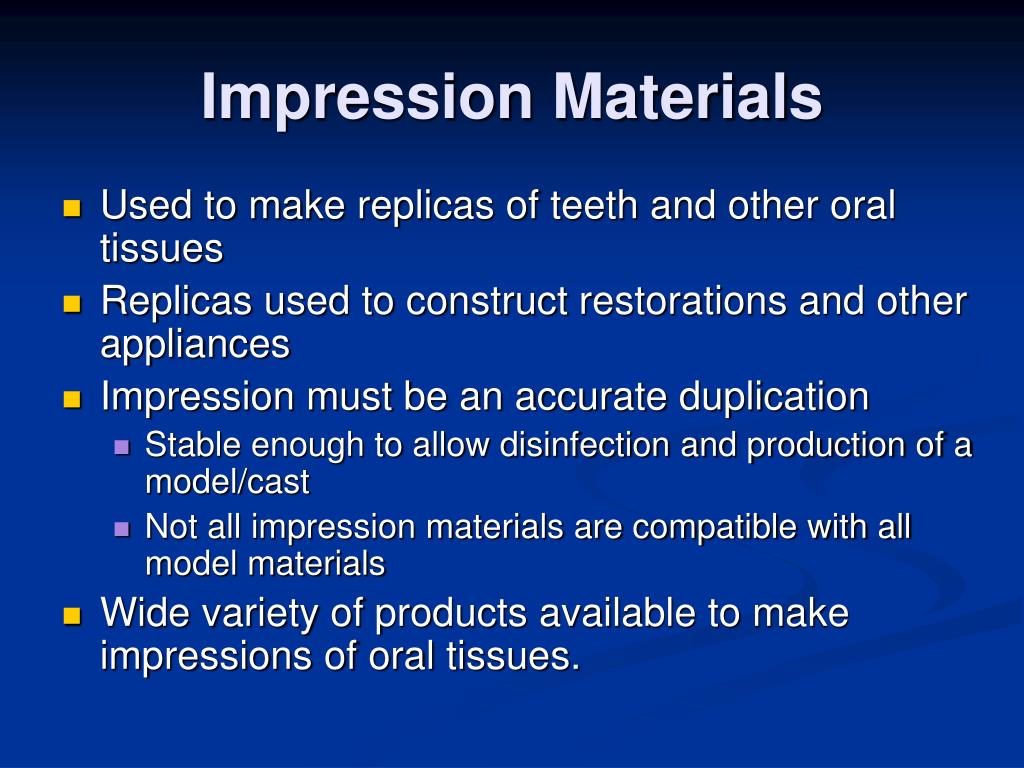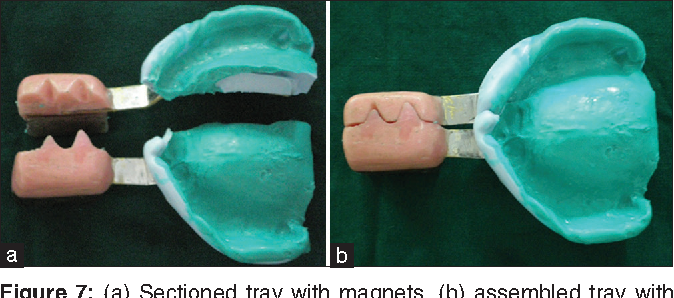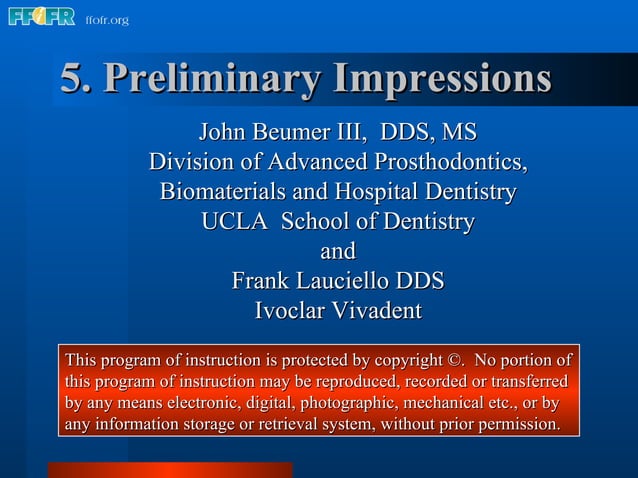What Are Preliminary Impressions Used To Make
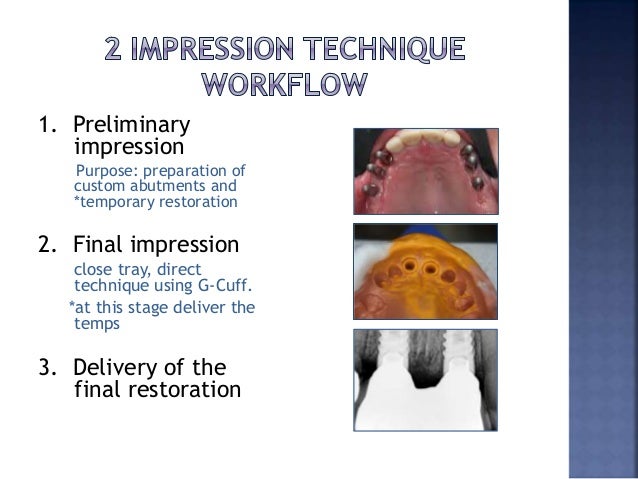
Imagine stepping into a dental office, the scent of mint and sterile solutions mingling in the air. A friendly face greets you, and soon you're reclining in the chair, ready for your appointment. One of the first steps, after a quick check-up, might involve the dentist or hygienist taking an impression of your teeth – a seemingly simple procedure with a significant purpose.
This article delves into the world of preliminary impressions in dentistry, exploring what these impressions are used to make, why they're so crucial, and the broader context of their role in ensuring optimal oral health. These initial molds of your teeth and surrounding tissues are the starting point for a range of dental procedures, from creating custom-fitted trays to crafting accurate study models.
The Foundation: Understanding Preliminary Impressions
Preliminary impressions, sometimes referred to as primary impressions, are the first set of molds taken of a patient's mouth. Unlike final impressions, which are incredibly precise and used for the direct fabrication of dental prosthetics, preliminary impressions serve a more foundational purpose.
These impressions are typically made using less precise materials like alginate, a seaweed-derived powder that mixes with water to form a gel-like substance. The resulting mold captures a general overview of the oral structures.
Diagnostic Casts: A Blueprint for Treatment
One of the most common uses of preliminary impressions is to create diagnostic casts, also known as study models. These are plaster or stone replicas of the patient's teeth and surrounding tissues.
Dentists use these models to thoroughly examine the patient's bite, tooth alignment, and overall oral anatomy. According to the American Dental Association (ADA), diagnostic casts are invaluable for treatment planning, allowing dentists to visualize the patient's condition from multiple angles and identify potential problems.
These casts also help to educate patients about their oral health and proposed treatment plans, making it easier for them to understand the dentist's recommendations.
Custom Trays: Tailoring Treatment to the Individual
Preliminary impressions are also crucial for fabricating custom trays. These trays are used to hold impression material when taking final, more accurate impressions.
Stock trays, which are pre-made and available in various sizes, can sometimes distort the impression material or not fit the patient's mouth properly. Custom trays, made from a model created from the preliminary impression, provide a much better fit, resulting in a more accurate final impression.
This is especially important when creating dental prosthetics like dentures, partials, or crowns, where precision is paramount for a comfortable and functional fit.
Provisional Restorations: Maintaining Aesthetics and Function
In some cases, preliminary impressions can be used to create provisional restorations, also known as temporary crowns or bridges. These temporary solutions protect prepared teeth while the final restoration is being fabricated in a dental lab.
While provisional restorations can be made using other methods, a preliminary impression can provide a quick and easy way to create a template for these temporary fixes. This ensures the patient's comfort and maintains aesthetics during the interim period.
The Significance of Accuracy and Technique
While preliminary impressions don't require the same level of precision as final impressions, accuracy is still important. A poorly taken preliminary impression can lead to inaccurate diagnostic casts, ill-fitting custom trays, and compromised provisional restorations.
Dentists and dental assistants must have a thorough understanding of impression materials and techniques to ensure accurate results. Factors such as proper mixing ratios, tray selection, and patient positioning all play a role in the success of the procedure.
The choice of impression material also matters. Alginate is a popular choice due to its ease of use and low cost, but it can distort if not poured up quickly. Newer materials, like polyvinyl siloxane (PVS), offer improved accuracy and dimensional stability, although they are typically more expensive.
The Broader Context: Oral Health and Preventative Care
The seemingly simple act of taking a preliminary impression is part of a larger effort to promote oral health and preventative care. By providing a foundation for accurate diagnosis and treatment planning, these impressions contribute to better patient outcomes and overall well-being.
Regular dental check-ups, including impressions when necessary, are essential for detecting and addressing potential problems early on. The World Health Organization (WHO) emphasizes the importance of preventative dental care in reducing the global burden of oral diseases.
From identifying early signs of tooth decay to detecting potential issues with the temporomandibular joint (TMJ), preliminary impressions play a vital role in maintaining a healthy and functional smile.
Looking Ahead: Advancements in Impression Technology
The field of dentistry is constantly evolving, and impression technology is no exception. Digital impressions, using intraoral scanners, are becoming increasingly popular as an alternative to traditional impression materials.
These scanners use lasers or optical sensors to create a 3D digital model of the patient's mouth, eliminating the need for messy impression materials. While digital impressions offer several advantages, including improved accuracy and patient comfort, traditional preliminary impressions still have a place in many dental practices.
Ultimately, the choice between traditional and digital impressions depends on the specific needs of the patient, the dentist's preferences, and the available technology.
A Lasting Impression
The next time you find yourself in a dental chair, consider the journey that a simple impression takes. It's more than just a mold of your teeth; it's a foundation for diagnosis, treatment, and ultimately, a healthier, happier smile.
From creating diagnostic casts to fabricating custom trays, preliminary impressions play a crucial role in modern dentistry. They reflect a commitment to accuracy, precision, and patient-centered care.
And while technology continues to advance, the fundamental goal remains the same: to provide patients with the best possible oral health outcomes. As Dr. Maya Angelou once said, "People will forget what you said, people will forget what you did, but people will never forget how you made them feel." A comfortable, functional, and aesthetically pleasing smile makes people feel confident and healthy.
